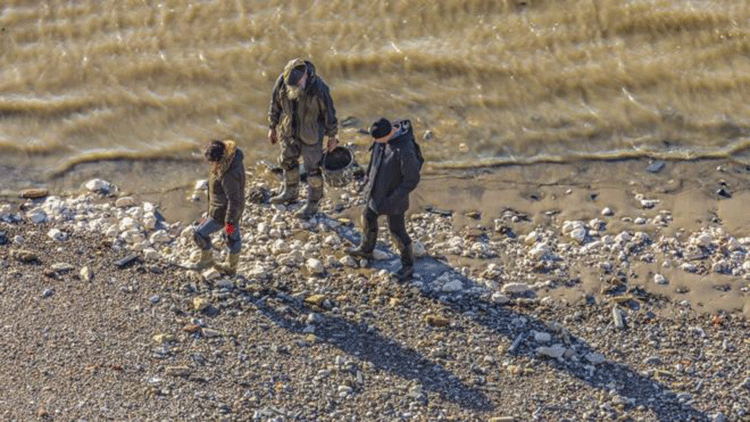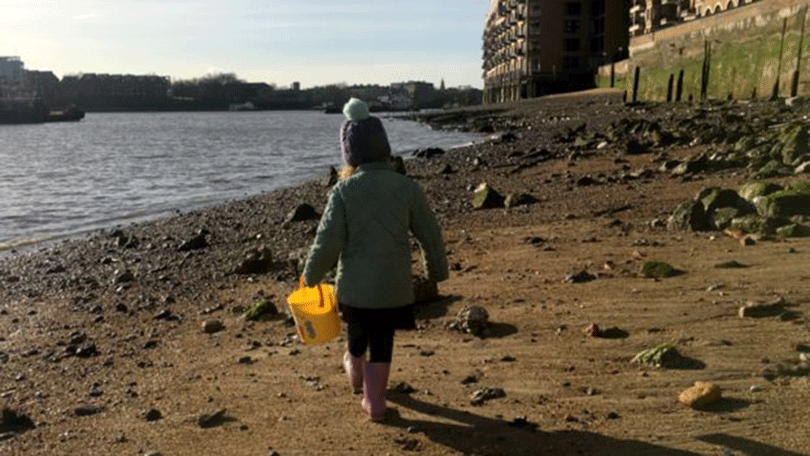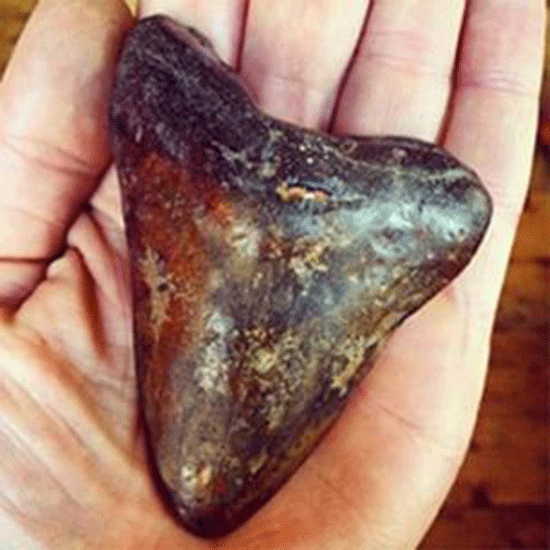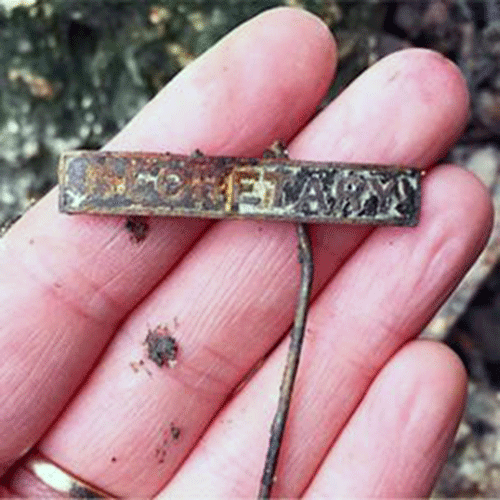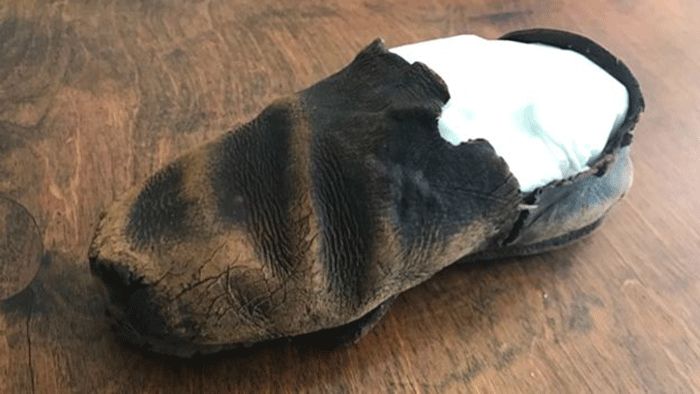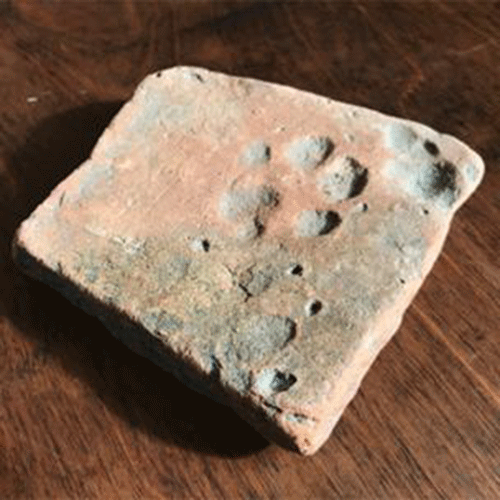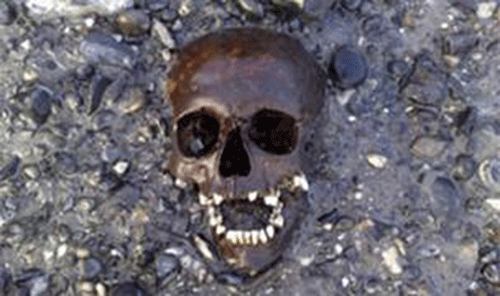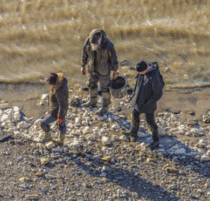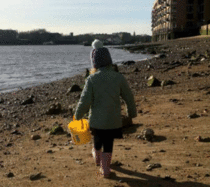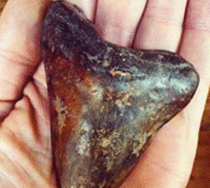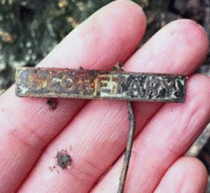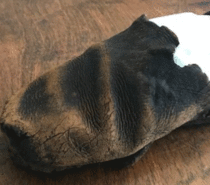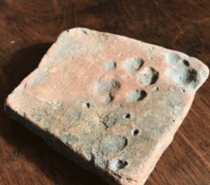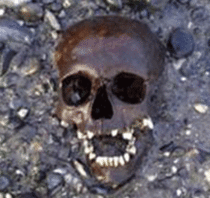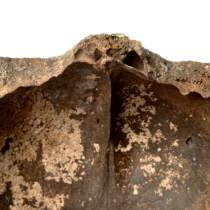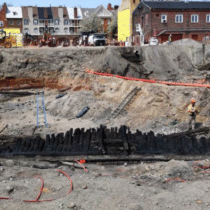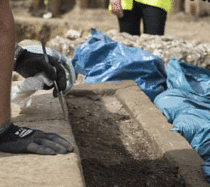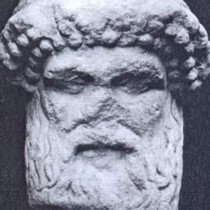On the foreshore of the River Thames, hidden in the mud, numerous historical and archaeological items are preserved in time. The people who discover them are not always archaeologists and researchers, but nearby inhabitants who are interested in fossils and history.
The tradition of mudlarkers was initiated by the Victorians and many people today keep looking for items revealed by the low tide. They set out as early as 5am every morning, each motivated by a personal interest. In an article on the BBC they describe their favourite findings.
Nick Stevens has been interested in fossils since he was a child, so he was fascinated to find a rare tooth of a Megalodon in the river mud. Megalodons were sharks that inhabited the UK waters millions of years go. The tooth was probably buried about 16 million years ago. Another discovery of his was a traders’ token from Puddling Lane dating to the 17th century. It was made eight years before the Great Fire of London by a winemaker named Brian Appleby. This was a common practice by traders at the time, since occasionally the Mint ran out and they needed to have something to use as coins. They would inscribe their name and their wife’s name, their trade and location and date. Nick even found a human skull once, of a 12-year-old girl, dating to 1730. He immediately summoned a friend who was an archaeologist and they revealed the skeleton and indications of a marsh-land burial. The findings are now at the Museum of London, but Nick’s plan is to open a Museum of Mudlarking on the foreshore.
Another mudlarker who has been going through the river mud for over 20 years is Lara Maiklem, who also runs “London Mudlark”, the largest online mudlarking community. She has found many everyday items through the years but the discovery she will always remember is a 500-year-old leather Tudor shoe. Thanks to the lack of oxygen in the mud the shoe is amazingly well-preserved. Once she found the shoe, Lara contacted Cardiff University and they included the shoe in a project on studying the leather conservation process.
Florence Evans started practising mudalrking when she was a child. She then stopped for many years and when she took her maternity leave she started over. Her favourite find is a merino glass from the 1500s. Also, another favourite find of hers is an enamel tie pin which belonged once to the Freemason male secretary.
The tide and river currents tend to send items of specific materials to certain places, so metal items tend to be found in one area while potter washes up in another.
For someone to search the Thame’s mud a current foreshore permit from theit is needed.
